Introduction to Coffee Cupping
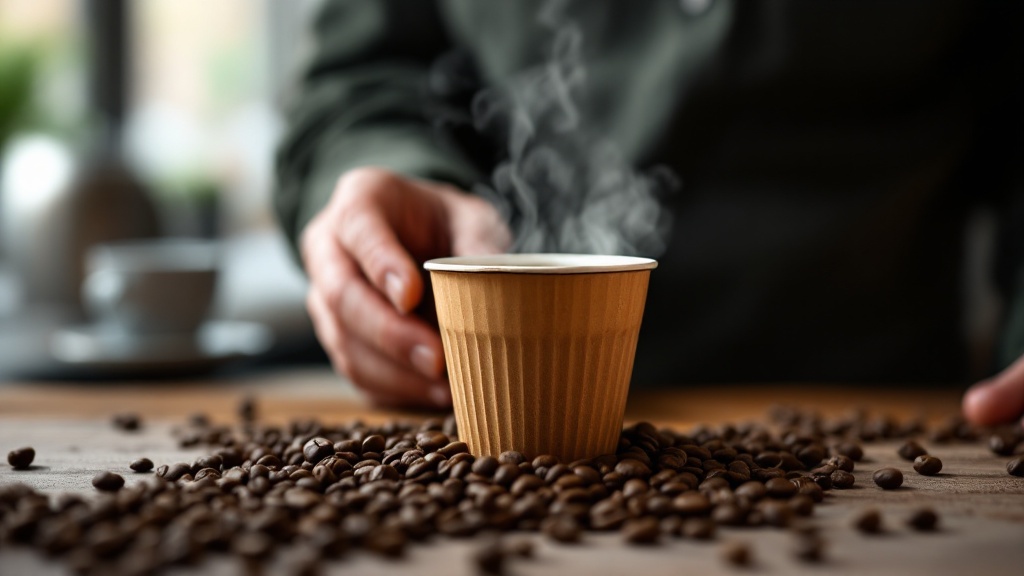
Did you know that professional coffee tasters, known as Q Graders, use a method called “cupping” to evaluate coffee quality? Learn how to taste coffee like a pro and unlock the secrets behind your favorite brew. This guide will walk you through the art and science of coffee cupping, from essential coffee equipment and techniques to expert barista tips and common challenges. By the end of this blog, you’ll have the knowledge and confidence to conduct your own coffee cupping sessions at home.
Cupping Slurry Preparation
Precise slurry preparation is paramount to accurate cupping results. The ratio of coffee to water significantly influences the extraction and subsequent flavor profile. The Specialty Coffee Association (SCA) recommends a coffee-to-water ratio of 8.25 grams of coffee to 150 grams of water (approximately 1:18), though slight variations are acceptable depending on the bean’s density and intended outcome. Water temperature is equally crucial; a consistent temperature of 92-96°C (198-205°F) is generally employed to ensure optimal extraction. Using a calibrated thermometer is essential to maintain accuracy. Variations in temperature will influence extraction yield and impact the perception of acidity, sweetness, and bitterness. For instance, temperatures below 92°C might result in under-extraction, yielding a weak and sour cup, whereas temperatures exceeding 96°C can lead to over-extraction and excessive bitterness.
“Coffee cupping is not just tasting; it’s a sensory journey that reveals the story behind every bean.”
– Q Grader, Certified Coffee Taster
-
Introduction to Coffee Cupping
-
Understanding the Coffee Cupping Process
-
Essential Coffee Cupping Equipment
-
Step-by-Step Coffee Cupping Guide
-
Common Coffee Cupping Challenges and Solutions
-
Benefits of Coffee Cupping
-
Expert Coffee Cupping Recommendations and Examples
-
Coffee Cupping FAQ
-
Related Coffee Topics
-
Conclusion: Mastering the Art of Coffee
-
Un Unleash Your Inner Coffee Connoisseur
- Grind size significantly impacts extraction; aim for a medium-fine grind, similar to table salt.
- Use freshly roasted beans for optimal flavor and aroma; age can affect extraction.
- Filter water is recommended to minimize mineral interference with coffee flavor.
- The blooming stage (initial water addition) is crucial; ensure even saturation of the grounds.
- Adjust the coffee-to-water ratio based on bean density; denser beans may require slightly more coffee.
- Consider using a scale that measures to 0.1 gram for precise measurements.
| Key Aspect | Coffee-to-Water Ratio | Water Temperature | Grind Size |
|---|---|---|---|
| Optimal Values | 8.25g coffee to 150g water (1:18) | 92-96°C (198-205°F) | Medium-fine, like table salt |
Understanding the Coffee Cupping Process
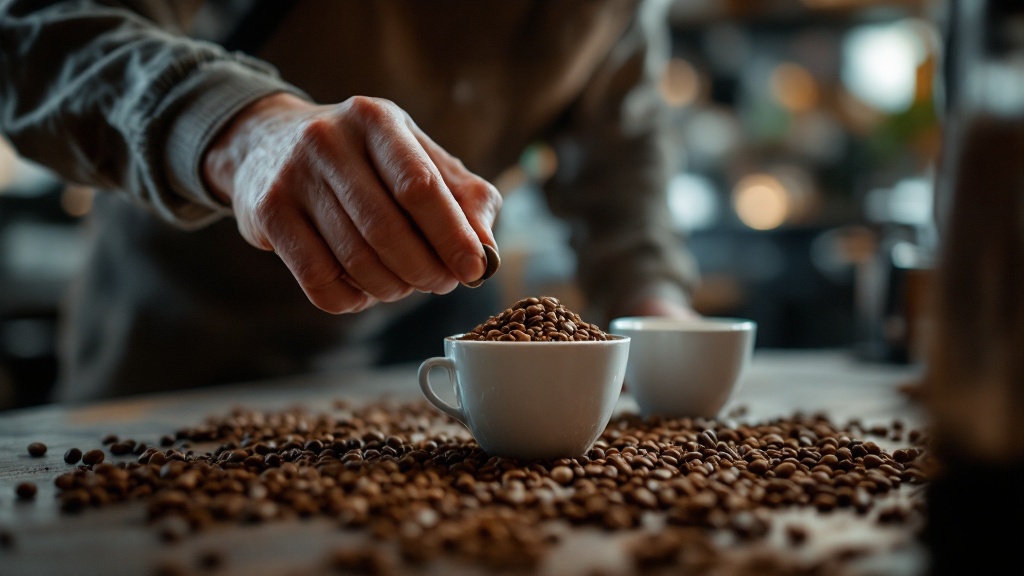
Coffee cupping is a standardized method used by professionals to evaluate the aroma, flavor, and quality of coffee beans. It’s the gold standard for assessing coffee quality and is used by roasters, baristas, and Q Graders worldwide. Understanding the nuances of coffee cupping allows for a deeper appreciation of the bean’s journey from origin to cup.
“Coffee cupping unveils the soul of the bean, transforming aroma, flavor, and balance into a language of quality and craftsmanship.”
– Specialty Coffee Association (SCA), Global Coffee Standards Authority
Key Coffee Cupping Terms Explained:
-
Fragrance:
The aroma of dry coffee grounds. -
Aroma:
The scent of coffee after hot water is added. -
Flavor:
The combined taste and aroma experienced while sipping the coffee. -
Acidity:
Brightness or sharpness in the coffee, often described as citrusy or fruity. -
Body:
The weight or texture of the coffee on the palate (e.g., light, medium, full). -
Aftertaste:
The lingering taste after swallowing the coffee. -
Balance:
The harmony of flavor, acidity, and body in the coffee.
According to the
Specialty Coffee Association (SCA)
, cupping is essential for maintaining consistency and quality in the coffee industry.
Aroma Evaluation Metrics
The olfactory assessment during coffee cupping relies on a structured approach to evaluate the aromatic complexity of the brewed coffee. This involves not only identifying individual aroma compounds but also quantifying their intensity and characterizing their overall impression. The Specialty Coffee Association (SCA) guidelines recommend using a standardized aroma wheel, often incorporating descriptors such as floral, fruity, nutty, spicy, and earthy notes. For instance, a high-quality Ethiopian Yirgacheffe might exhibit intense floral aromas described as jasmine and orange blossom, with a medium intensity of citrus notes, while a Sumatran Mandheling may present more earthy and woody aromas with a lower overall intensity.
- Intensity is scored on a scale, often 1-9, with 9 being the most intense.
- The aroma wheel helps ensure consistent terminology across tasters.
- Beyond intensity, descriptors include quality (e.g., clean vs. musty) and character (e.g., sweet vs. savory).
- Different roasting levels significantly impact aroma profiles; lighter roasts often showcase more delicate floral and fruity notes.
- Defects, such as stale, musty, or rubbery aromas, are also identified and scored during the evaluation.
Essential Coffee Cupping Equipment
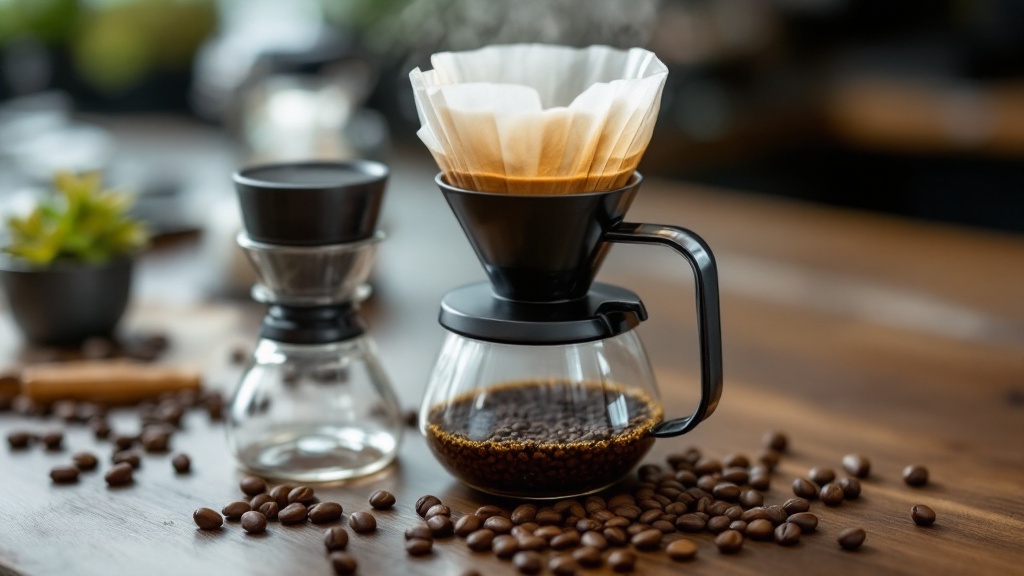
Gathering the right tools is crucial for a successful coffee cupping experience. While professional tools optimize the process, home enthusiasts can achieve excellent results with readily available equipment.
Essential Tools:
- Cupping bowls (5-6 oz capacity)
- Deep-bowled spoons
- Timer
- Scale (for precise coffee measurements)
- Burr grinder (medium-coarse grind)
- Hot water kettle (200°F/93°C)
Materials:
- Freshly roasted coffee beans (ideally within 24 hours of roasting)
- Filtered water (SCA recommends 150ppm mineral content)
Pro Tip:
Invest in a high-quality grinder for consistent grind size, as uneven extraction can skew cupping results, affecting the flavor and aroma of the coffee.
Grind Size Uniformity Impact
Achieving consistent particle size distribution in coffee grounds is paramount for accurate cupping results. Uneven particle sizes lead to differential extraction rates during brewing, resulting in a skewed flavor profile and masking of nuanced aroma characteristics. Coarser particles under-extract, contributing muted acidity and body, while finer particles over-extract, yielding bitterness and astringency. The ideal grind size for cupping should aim for a narrow particle size distribution, typically in the range of 300-400 microns, though this can vary depending on the coffee’s origin, roast level, and desired extraction yield. Using a burr grinder, rather than a blade grinder, is crucial in achieving this consistency. Blade grinders produce a highly inconsistent particle size range, making precise control and repeatability impossible.
- Optimal grind size for cupping generally falls within 300-400 microns, but adjustments are needed based on bean characteristics (e.g., density, roast level).
- Burr grinders offer adjustable settings for fine-tuning particle size distribution, allowing for precise control over extraction.
- Inconsistent grinds lead to uneven water saturation, affecting extraction and resulting in a less balanced cup.
- Using a calibrated scale to measure coffee dose helps maintain consistent grind-to-water ratios, further enhancing repeatability.
- Over-extracted coffee (too fine a grind) presents excessive bitterness and astringency, masking subtle flavor notes.
- Under-extracted coffee (too coarse a grind) lacks body, sweetness, and vibrant acidity.
Step-by-Step Coffee Cupping Guide
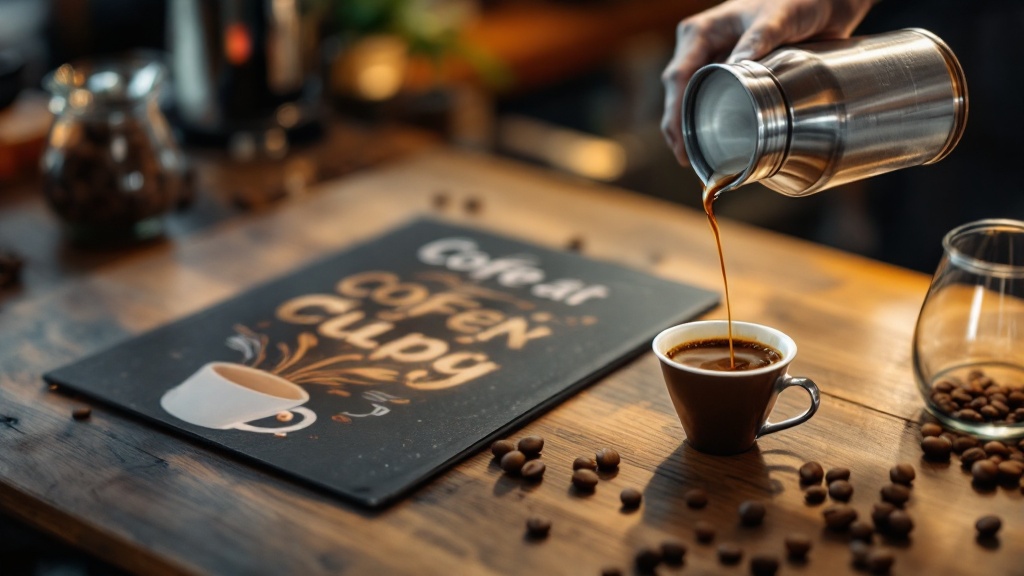
Follow these steps to conduct your own coffee cupping like a professional barista:
-
Prepare Your Coffee Cupping Workspace:
Ensure a clean, odor-free environment to avoid interference with the delicate coffee aromas. -
Measure and Grind the Coffee Beans:
Use 8.25g of coffee per 150ml of water, ground to a medium-coarse consistency. Precise measurements ensure consistent extraction across different coffees. -
Smell the Dry Fragrance:
Inhale the aroma of the dry grounds to assess initial fragrance notes. This offers a glimpse into the coffee’s inherent aromatic profile. -
Add Hot Water to the Coffee Grounds:
Pour water at 200°F (93°C) and let it steep for 4 minutes. Precise water temperature is crucial for optimal extraction of coffee flavors. -
Break the Crust:
Stir the surface to release aromas and inhale deeply. This releases the volatile aromatic compounds trapped under the crust. -
Slurp and Taste the Coffee:
Loudly slurp the coffee to aerate it and spread it across your palate. Slurping enhances the perception of subtle flavor nuances. -
Evaluate the Coffee:
Assess flavor, acidity, body, aftertaste, and balance in sequence. This structured approach allows for a comprehensive sensory evaluation.
Expert Tip:
James Hoffmann, renowned coffee expert, recommends practicing the slurping technique to ensure full flavor perception during cuppings, mimicking the techniques used by professional baristas.
Slurping Technique Optimization
The efficacy of coffee cupping hinges critically on the proper execution of the slurping technique. This involves drawing a significant volume of coffee into the mouth, creating a large surface area across the palate for aroma and flavor interaction. The speed and force of the slurp are paramount; a gentle sip will not adequately aerate the coffee, limiting the volatile compounds’ access to the olfactory receptors. The ideal slurp should generate a characteristic “chirping” sound, indicating the proper air intake. This sound is a direct result of the rapid movement of air across the palate, a crucial element for evaluating the coffee’s aromatics.
- Angle your spoon to control the amount of coffee drawn into your mouth for optimal palate coverage.
- Practice slurping with water to refine technique and avoid excessive splashing before cupping.
- The “chirping” sound is a subjective indicator; focus on feeling the air across the palate, even without a loud sound.
- Vary the speed and force of your slurp to explore different aromatic and flavor profiles within the coffee.
- Consider the temperature of the coffee; a hotter cup may require gentler slurping to avoid burning your mouth.
Common Coffee Cupping Challenges and Solutions
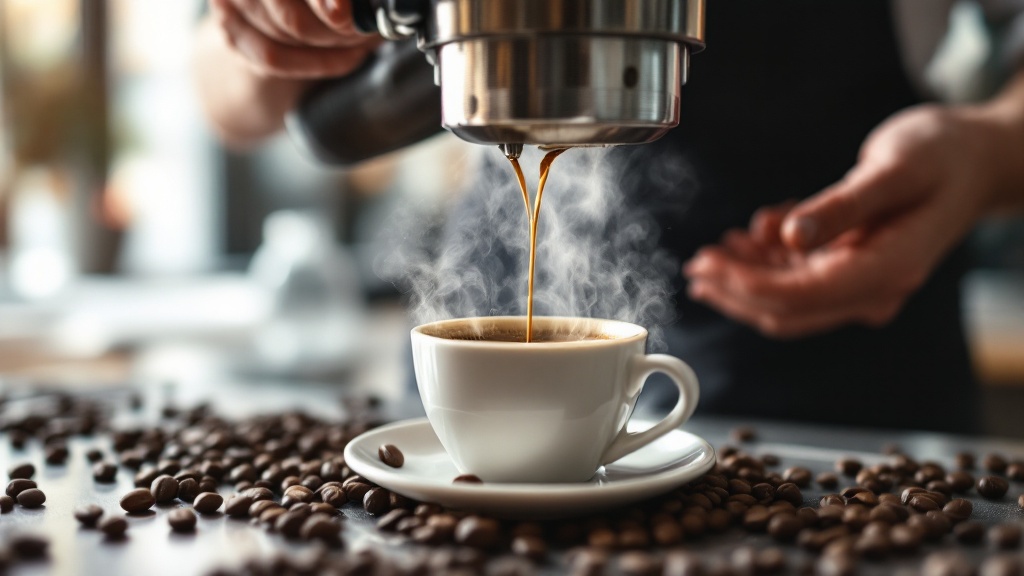
Even experienced coffee professionals encounter challenges during cuppings. Here’s how to overcome some common obstacles:
-
Sensory Overload:
Solution:
Focus on one attribute at a time (e.g., acidity first, then body). This prevents the palate from being overwhelmed by the complex interplay of flavors in the coffee. -
Inconsistent Grind Size:
Solution:
Use a high-quality burr grinder and calibrate it regularly. A consistent grind ensures even coffee extraction, crucial for accurate cupping results. -
Bias from Knowing the Coffee’s Origin:
Solution:
Conduct blind cuppings to ensure objectivity. Blind cupping eliminates preconceived notions based on origin, promoting unbiased evaluation of the coffee. -
Palate Fatigue:
Solution:
Take breaks and cleanse your palate with water or plain crackers between tasting different coffees. Palate fatigue can dull sensory perception, hindering accurate evaluation of the coffees.
Counter Culture Coffee’s
Cupping Guide
emphasizes the importance of consistency and patience during coffee cupping to obtain reliable results.
Aroma Quantification Methods
Accurate aroma quantification during coffee cupping is crucial for objective evaluation and consistent scoring. Subjective assessments, while valuable, lack the precision needed for comparative analysis across different batches, origins, or processing methods. Several methods exist to improve the objectivity of aroma evaluation, ranging from simple descriptive scaling to more sophisticated instrumental techniques. One common approach utilizes a standardized aroma wheel, such as the Coffee Taster’s Flavor Wheel, to guide assessors in identifying and classifying detected aromas. Each aroma is then assigned a score based on its intensity (e.g., using a 1-5 scale) and overall contribution to the cup’s overall aroma profile. This semi-quantitative approach allows for greater consistency between tasters compared to purely descriptive notes.
Benefits of Coffee Cupping
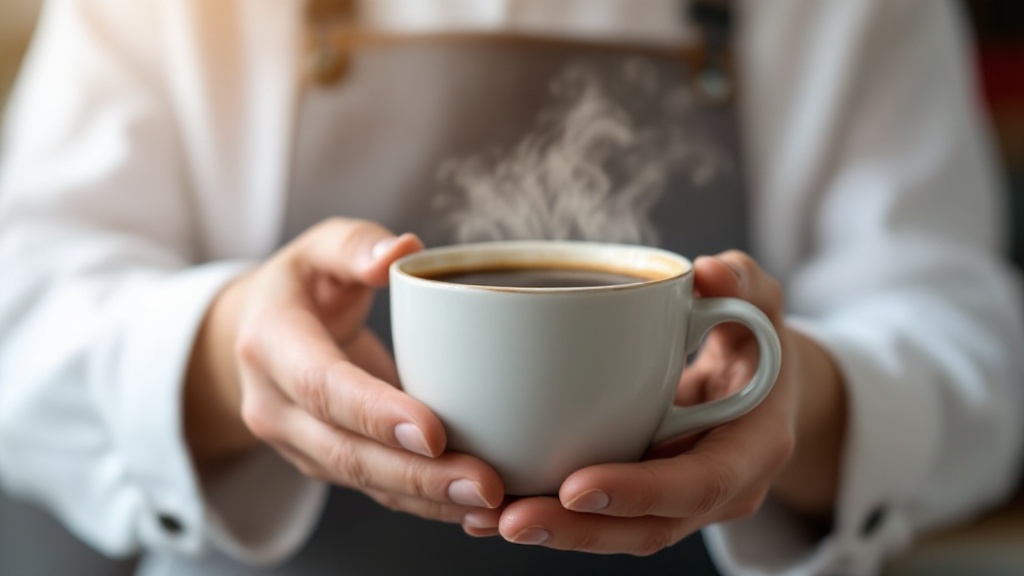
Coffee cupping offers numerous benefits beyond simply tasting coffee:
-
Develops Sensory Skills:
Enhances your ability to detect subtle flavors and aromas in the coffee. -
Quality Control:
Provides a standardized method for evaluating coffee quality, similar to how roasters maintain consistent flavor profiles. -
Educational:
Helps you understand how factors like origin, roast level, and processing affect the final flavor of the coffee.
Pro Tip:
Start with small, frequent cupping sessions to build sensory memory and familiarize yourself with different coffee characteristics, similar to how baristas train their palates.
Aroma Evaluation Metrics
Precise aroma evaluation is critical during coffee cupping, demanding a structured approach beyond simple descriptive terms. The application of standardized aroma wheels, such as the World Coffee Research Sensory Lexicon, provides a framework for objective assessment. These wheels categorize aromas into families (e.g., floral, fruity, spicy) and sub-categories, allowing for more nuanced descriptions than subjective terms like “fruity” or “chocolatey.” For example, a specific aroma might be classified as “tropical fruit” further specified as “pineapple” or “mango,” eliminating ambiguity and facilitating better communication between cuppers.
- Aroma wheels offer a hierarchical structure, moving from broad aroma families to specific descriptors.
- The World Coffee Research Sensory Lexicon is a widely used example, containing hundreds of aroma terms.
- Using standardized terminology improves consistency and reduces bias between different cuppers.
- Quantitative measures, such as intensity scoring (e.g., on a scale of 1-5), can be combined with qualitative descriptions.
- Proper training in aroma identification is crucial for accurate and reliable use of aroma wheels.
- Beyond the lexicon, other aroma wheels exist, each with its own strengths and applications.
Expert Coffee Cupping Recommendations and Examples
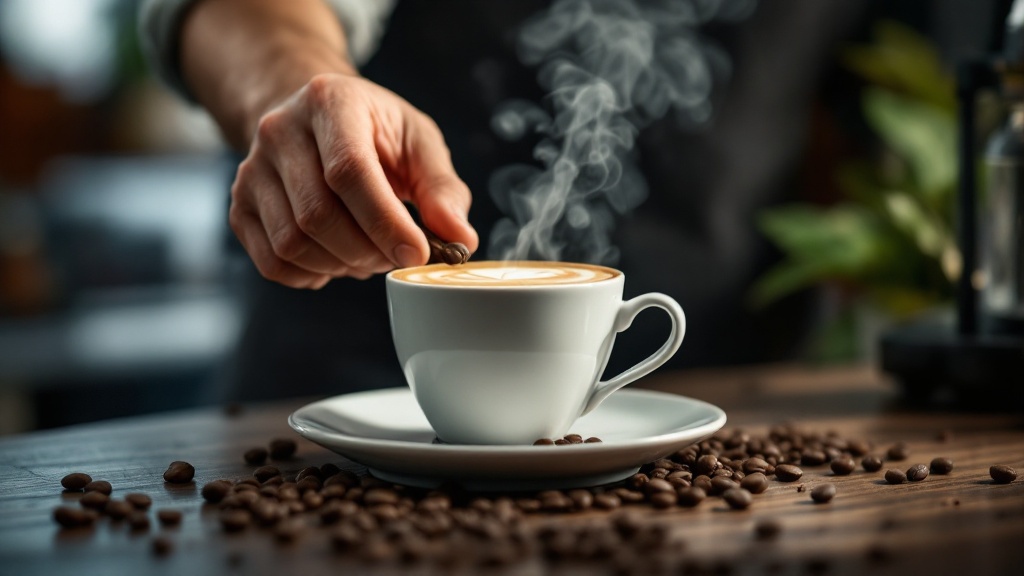
Learn from the best in the coffee industry:
-
James Hoffmann:
Recommends cupping at least once a week to refine sensory skills and stay familiar with evolving flavor profiles in the coffee world. -
SCA Guidelines:
Emphasize using freshly roasted coffee (within 24 hours of roasting) for accurate results, as the freshness of the roast significantly impacts the coffee’s flavor during cupping. -
Tim Wendelboe:
Suggests focusing on the coffee’s origin and processing method to better understand its unique flavor profile, much like how wine tasters consider terroir.
Real-World Example:
A roaster in Ethiopia might cup coffee to highlight its delicate floral and fruity notes, while a Latin American roaster might focus on the balanced acidity and chocolatey flavors characteristic of their regional beans. Both utilize cupping to refine their roasting process and showcase the best attributes of their coffees.
Cupping Score Sheet Analysis
Systematic analysis of cupping score sheets is crucial for quality control and consistent roasting profiles. A standardized score sheet, such as the Specialty Coffee Association (SCA) cupping form, provides a framework for objective evaluation. Each attribute-aroma, flavor, aftertaste, acidity, body, and overall-is scored numerically, typically on a scale of 0-10. Analyzing these scores across multiple batches allows roasters to identify trends and pinpoint areas for improvement. For example, consistently low scores in “sweetness” might indicate a need for adjustments in the roasting process, such as extending the development time or altering the roast profile’s inflection point.
Coffee Cupping FAQ

Addressing common questions about coffee cupping:
Brew Temperature Control
Maintaining precise brew temperature during coffee cupping is critical for accurate sensory evaluation. Variations of even a few degrees Celsius can significantly impact the extraction yield and, consequently, the perceived flavor profile. The ideal temperature range is generally accepted to be between 90-96°C (194-205°F), though this can be adjusted based on the specific coffee’s characteristics and the cupper’s preferences. Achieving this consistency necessitates the use of calibrated thermometers, ideally those with a resolution of at least 0.1°C, and a controlled heating method. A gooseneck kettle, allowing for precise pouring control, coupled with a thermometer featuring an instant-read capability, offers a reliable setup. The water should be pre-heated to a temperature slightly above the target range to account for heat loss during pouring. For instance, if a target temperature of 93°C is desired, the water might be initially heated to approximately 95°C to compensate for the temperature drop during the bloom and subsequent pouring phases. Failure to maintain consistent brew temperature leads to inconsistent extraction, resulting in uneven flavor development and potentially masking subtle nuances in the coffee’s aroma and taste.
-
Q: Can I cup coffee at home without professional tools?
A:
Yes! While professional tools help, you can use a kitchen scale, a burr grinder, and a thermometer to get started with coffee cupping at home. -
Q: How do I know if I’m cupping correctly?
A:
Follow the SCA’s
Cupping Protocols
for best results and compare your findings with others in the coffee community. Online forums and coffee groups can provide valuable feedback and insights. -
Q: What’s the difference between cupping and regular coffee tasting?
A:
Cupping is a standardized method that eliminates variables like brewing technique, allowing for a pure evaluation of the coffee itself, whereas regular tasting can be influenced by brewing methods and personal preferences.
- Use a calibrated thermometer with 0.1°C resolution for accuracy.
- Pre-heat water slightly above target temperature (e.g., 95°C for a 93°C target) to compensate for heat loss.
- A gooseneck kettle provides better pouring control for even water distribution.
- Inconsistent brewing temperatures lead to uneven extraction and mask flavor nuances.
- Consider using an instant-read thermometer for quick temperature checks during the process.
- Experiment to find the optimal temperature range for specific coffee origins and roasts.
Related Coffee Topics
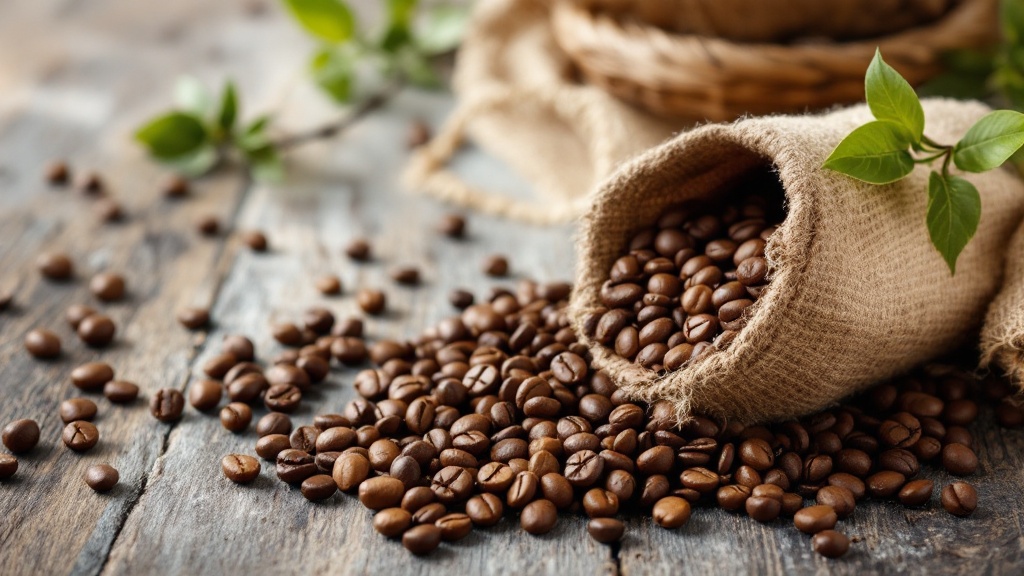
Expand your coffee knowledge with these related topics:
Brew Ratio Optimization
Precise brew ratio manipulation significantly impacts the final cup’s quality. The ratio, typically expressed as grams of coffee to grams of water (e.g., 1:15), directly influences extraction yield and, consequently, the perceived flavor profile. A lower ratio (e.g., 1:12) results in a more concentrated brew with potentially increased bitterness and astringency due to over-extraction of undesirable compounds. Conversely, a higher ratio (e.g., 1:18) yields a weaker brew, potentially lacking body and exhibiting sourness from under-extraction. Optimal ratios are dependent on numerous factors, including bean origin, roast level, grind size, and brewing method.
-
Coffee Brewing Methods:
Explore various brewing methods like pour-over, French press, and espresso to understand how each impacts the final cup. -
Coffee Bean Varieties:
Discover the characteristics of Arabica and Robusta beans, and learn about different coffee origins and processing methods. -
Coffee Roasting:
Delve into the art of coffee roasting and how different roast levels influence flavor profiles. -
Coffee Grading and Sensory Evaluation:
Learn about the Q grading system and how coffee is professionally evaluated for quality.
Conclusion: Mastering the Art of Coffee
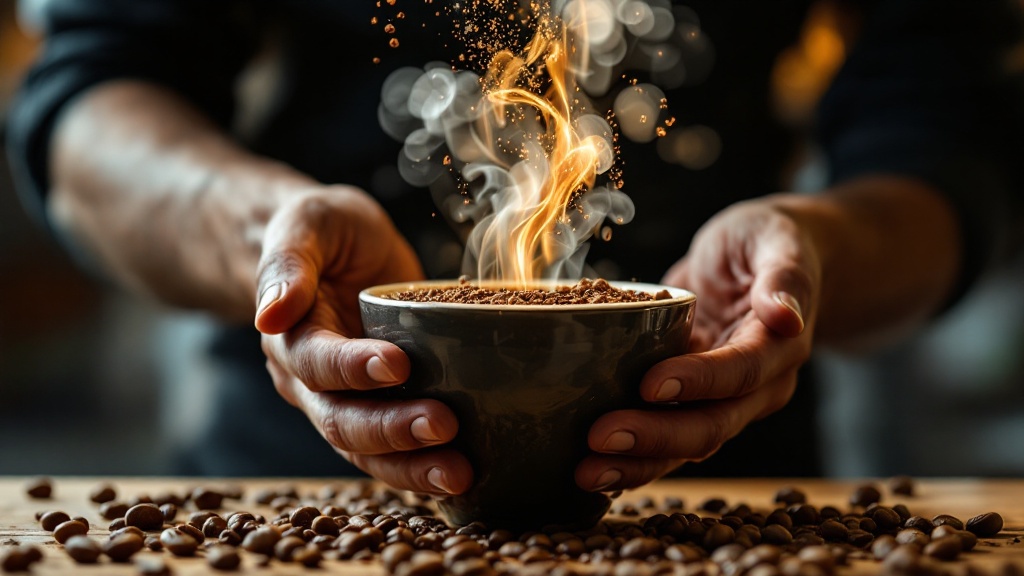
Coffee cupping is a powerful tool for understanding and appreciating the nuances of coffee. With the right tools, techniques, and practice, you can develop a professional-level palate. Try your first cupping session at home and embark on a journey to discover the rich world of coffee flavors!
Key Coffee Cupping Resources:
Aroma Quantification in Cupping
Accurate aroma quantification during coffee cupping relies heavily on the controlled environment and the cupper’s trained olfactory senses. While not precisely measurable like temperature or weight, a structured approach employing standardized terminology and comparative analysis can improve consistency and reproducibility. This involves a systematic evaluation of aromatic intensity and character, often documented using a scoring system or descriptive wheel, such as the one developed by the Specialty Coffee Association (SCA). The scoring might range from 1 (barely perceptible) to 5 (intense and pervasive), capturing the intensity of specific aroma notes (e.g., floral, fruity, chocolatey). A well-defined aroma wheel helps assign these specific descriptors consistently.
-
SCA Cupping Protocols
-
James Hoffmann’s
The World Atlas of Coffee
-
Counter Culture Coffee’s Cupping Guide
“`html
Un Unleash Your Inner Coffee Connoisseur
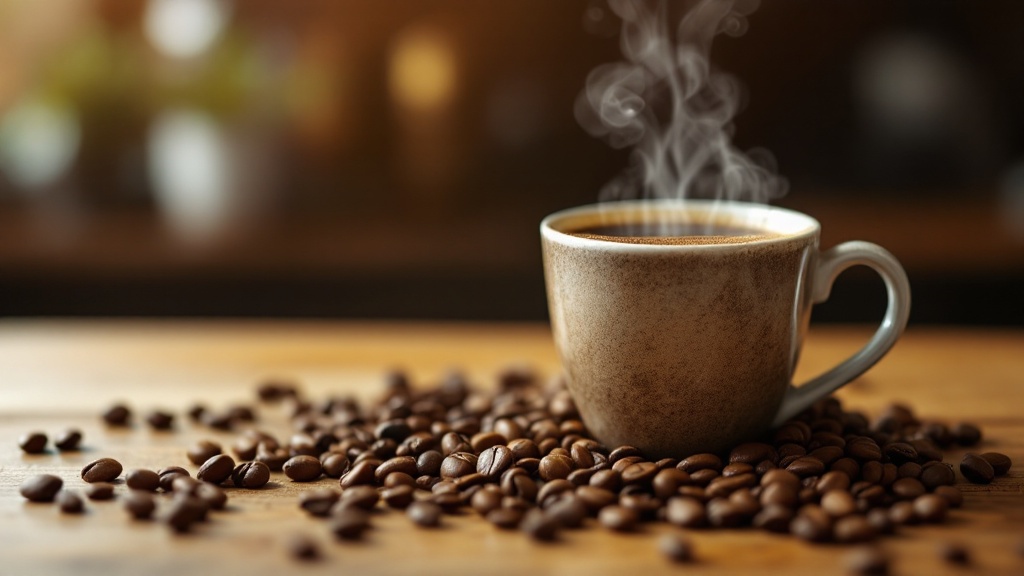
From the fragrant bloom to the lingering aftertaste, coffee cupping unlocks a deeper appreciation for the complexity and artistry within each bean. By mastering the techniques outlined here – understanding the key terms, gathering the essential equipment, and following the step-by-step process – you’ve gained the power to evaluate coffee like a seasoned professional. Remember, consistency is key: the more you practice, the more refined your palate will become, allowing you to discern subtle nuances and truly appreciate the spectrum of flavors the coffee world offers.
This journey into coffee cupping is more than just a tasting exercise; it’s a sensory exploration that connects you to the meticulous work of farmers, roasters, and baristas across the globe. Armed with this newfound knowledge, you can confidently navigate the world of coffee, selecting beans with intention and brewing each cup with a deeper understanding of its unique profile. So, gather your equipment, select your favorite beans, and embark on this exciting adventure. Your enhanced coffee experience awaits.
Now, go forth and taste! Elevate your coffee ritual and share your discoveries. The world of coffee awaits your expert palate.
Cupping Slurry Consistency
Achieving the optimal slurry consistency during the coffee cupping process is crucial for accurate aroma and flavor evaluation. The ideal ratio of coffee grounds to water directly impacts the extraction yield and the overall sensory experience. A too-concentrated slurry, typically resulting from using too much coffee or too little water, will over-extract, yielding bitter and astringent flavors, masking delicate nuances. Conversely, an under-extracted slurry, caused by insufficient coffee or excessive water, will produce a weak, sour, and under-developed cup, lacking body and complexity. The recommended ratio is generally 8.25 grams of ground coffee per 150ml of water at 92-96°C (197-205°F), although this can be adjusted based on bean density and desired extraction. The water temperature is critical, as it directly influences the rate of extraction.
| Key Aspect | Coffee Ratio | Water Temp | Extraction Impact |
|---|---|---|---|
| Slurry Consistency | 8.25g coffee / 150ml water | 92-96°C (197-205°F) | Over-extracted: bitter, astringent Under-extracted: weak, sour |
“`

